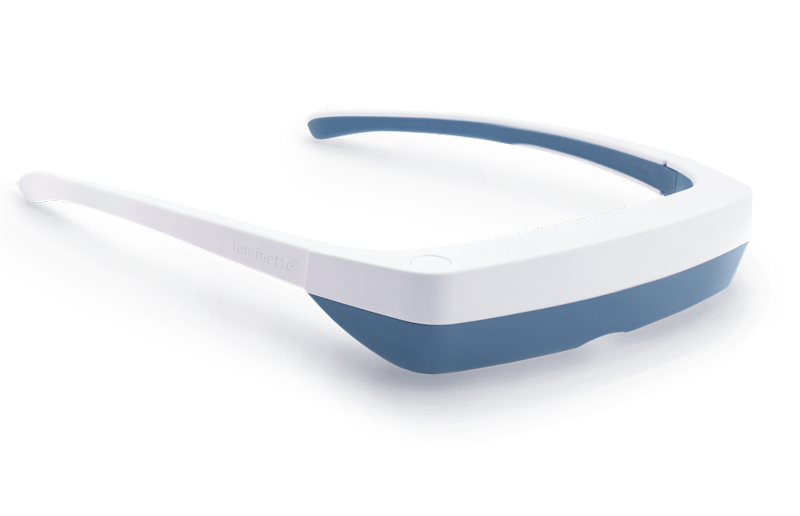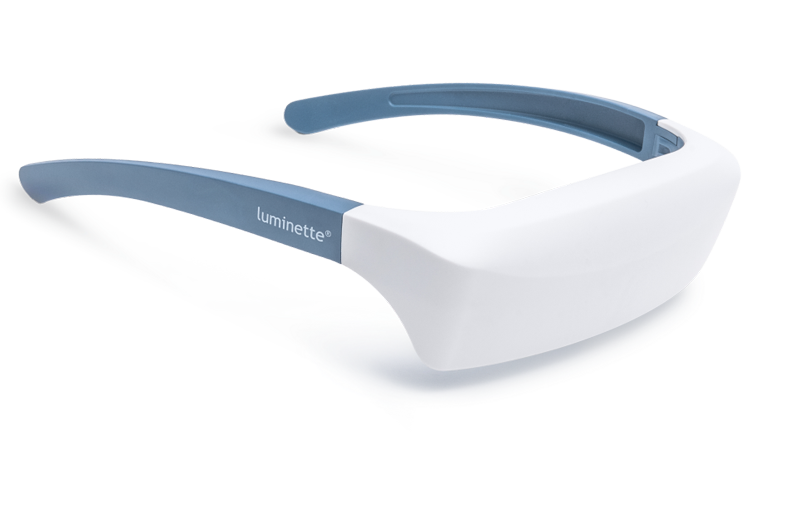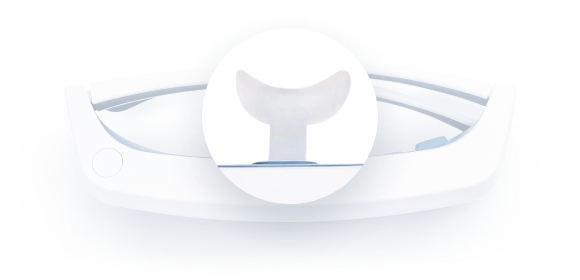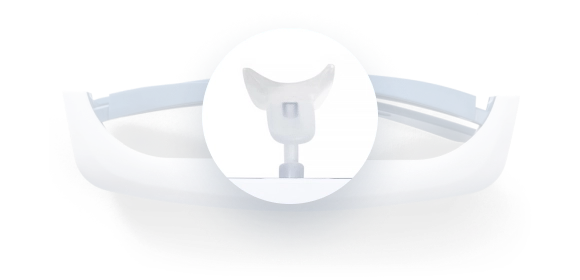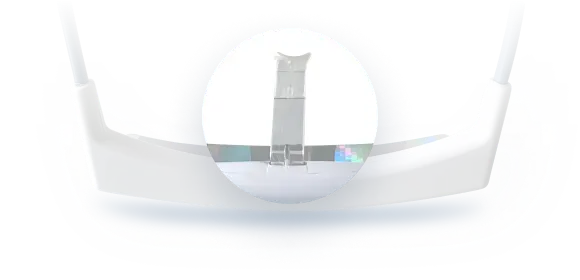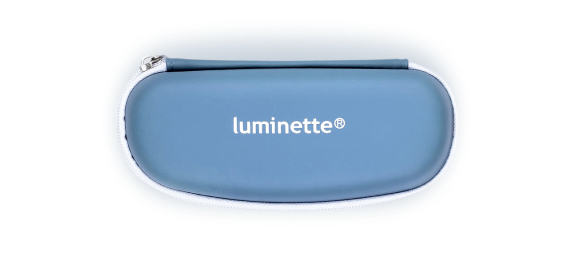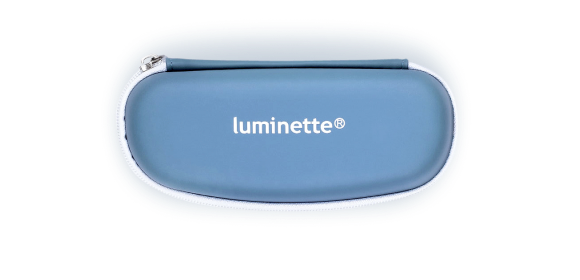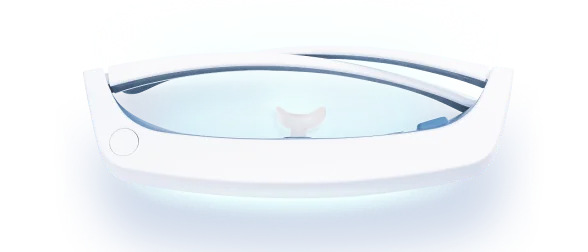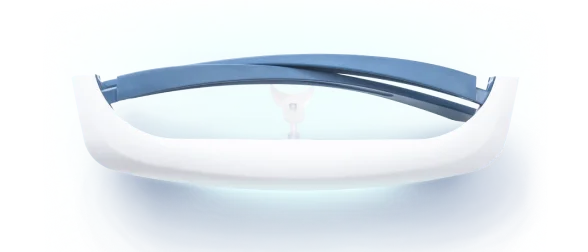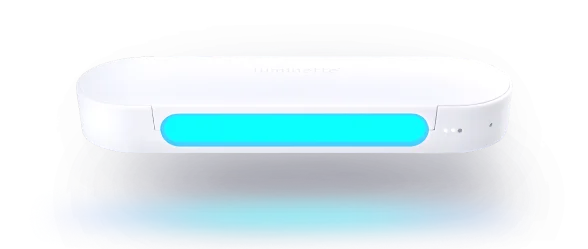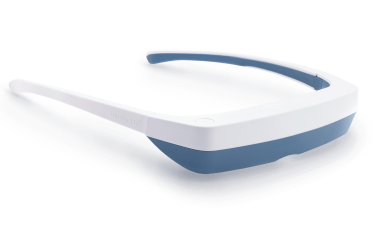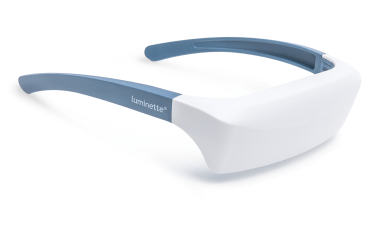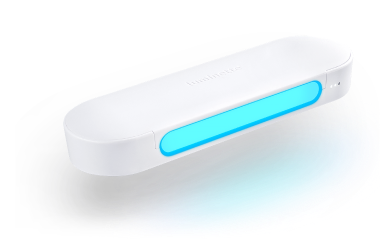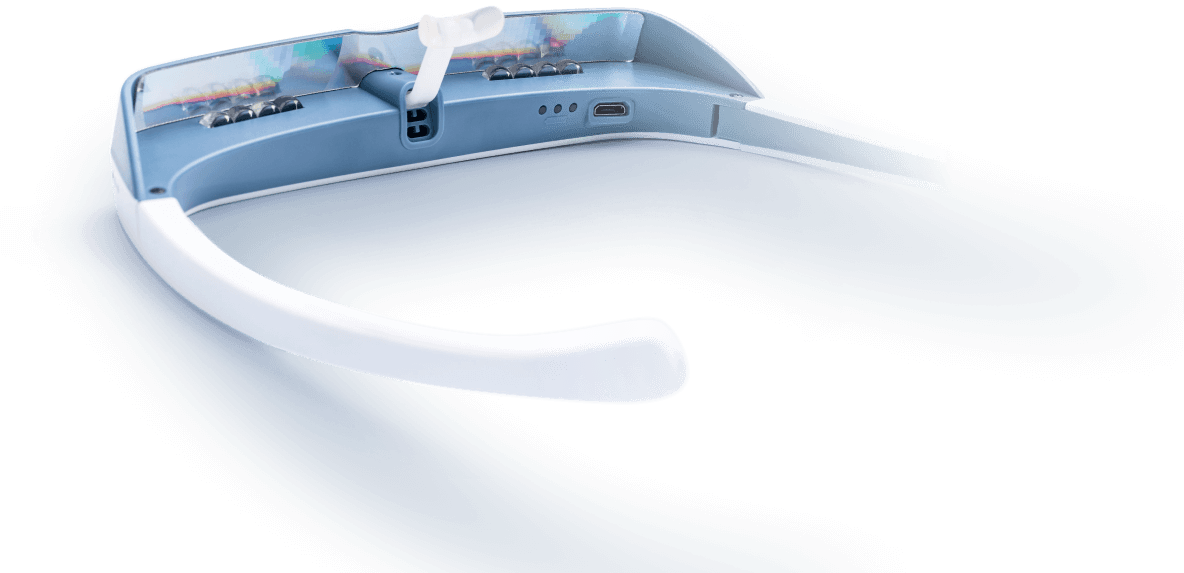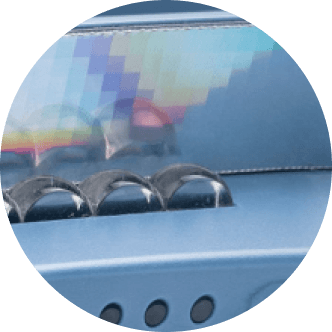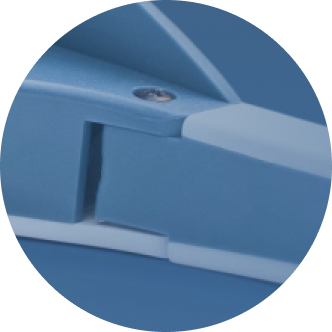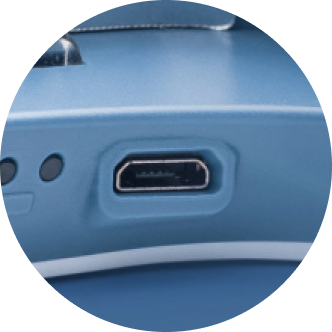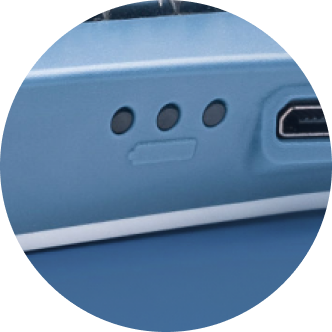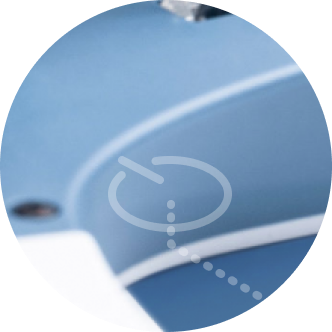If you wake up groggy, stall through dark mornings, or feel your motivation crater in winter, you’re not broken—your body clock is just sensitive to light. Your brain’s timing system, the circadian rhythm, relies on a robust daytime signal to keep sleep, mood, and energy in sync. When sunrise comes late (or you spend most days indoors under dim bulbs), that signal weakens. A daylight lamp—also called a light therapy lamp, or portable light box—delivers bright, comfortable light that replicates an outdoor “daytime” cue. Used correctly, it can deliver an immediate energy boost, sharper focus , steadier productivity, and a better mood.
Here’s the fast version of how it works for you:
-
Typical indoor lighting is weak: many homes and offices hover around 300–500 lux at eye level. Outdoor daylight regularly hits 20,000–50,000+ lux even on overcast days. A specific bright light lamp targets your eyes with 10,000 lux so you can get an intense “daytime” signal in a short, controlled session.
-
Your eyes contain light-sensing cells tuned to the blue–cyan portion of the spectrum. When these cells detect blue-enriched light, they send “daytime” alerts to the clock in your brain, dialing down sleep-promoting hormones and raising alertness and daytime neurochemistry.
-
Over days to weeks, consistent bright light exposure tightens your circadian entrainment—your internal timing locks back onto the 24-hour day—so your mornings feel easier, your afternoons feel steadier, and your nights feel sleepier at the right time.
This guide shows you what a daylight lamp can do, how to choose and use one, and how wearables like Luminette fit in. You’ll also see the particular specifications to look for—UV-free optics, 5000–6500K color temperature, adjustable brightness, flicker-free LED drivers, a good anti-glare diffuser, and a tilt-adjustable stand or wearable form factor—so you can get reliable results without guesswork.
Benefits of Using a Daylight Lamp
Boosting Daily Energy Levels
You want energy that doesn’t depend on a third espresso. Morning light is that lever. A well-timed session provides a strong “it’s daytime” cue that can suppress lingering melatonin, elevate alerting signals, and speed your mental start-up routine.
-
Measurable intensity: A daylight lamp delivering 10,000 lux at the recommended distance can provide the equivalent of hours under regular office lighting in 20–30 minutes.
-
Faster morning activation: Many users notice a clearer head feel within the first week; some feel it the first or second day.
-
Smoother afternoons: As the clock stabilizes, you’ll ride fewer peaks and dips—less post-lunch slump, steadier task initiation, and more consistent pacing.
Practical example: Use your lamp while checking messages and planning your top three tasks. Pairing light with structure turns that energy boost into real output.
Enhancing Mental Focus and Concentration
Light is not just for sleep—it directly improves alertness and cognitive performance while you’re using it and shortly after. Blue-weighted, high-intensity light acts on retinal cells linked to your brain’s alerting network, which helps sustain focus during deep work.
-
In low-light offices, sustained attention drops faster. A desk lamp designed for therapy provides a targeted brightness boost when you need precision, reading, or decision-heavy work.
-
A wearable (details below) lets you move during sessions without losing intensity—a smart fit if sitting still is hard when your day starts.
Supporting Emotional Well-being
Short days can drain your mood. Bright morning sessions are associated with improved motivation and mental well-being, in part through serotonin production and stabilized daytime arousal. Many people find they’re easier to live with (and work with) when they keep a dependable morning light habit.
-
Typical timeline: small mood shifts in 3–7 days, larger improvements by 2–4 weeks if you’re consistent.
-
Complementary habits amplify the effect: morning movement, sunlight walks, and regular meals.
Reducing the Impact of Winter Blues
If winter hits you hard with winter blues, a daylight lamp used in the morning can help. Light therapy is a standard recommendation in these cases; usually the advice is to use 10,000 lux for 20–30 minutes daily as daylight shrinks.
-
Expect steady, cumulative benefits over 1–2 weeks; consistency is the #1 predictor of success.
- Light therapy has no known contraindications, though people with bipolar disorder should be mindful of timing. Anyone seeking added reassurance—for example due to eye issues or photosensitizing medications—can choose to speak with a clinician before beginning a routine.
Light Therapy by Luminette
Light Therapy by Luminette delivers therapeutic blue-enriched light via a lightweight, head-mounted unit, leaving your field of view open so you can move around freely. If you prefer an active start to your day—making breakfast, packing a bag, tidying, or commuting—the wearable approach removes the “sit very still in front of a panel” friction point that stops many users.
-
Hands-free adherence: you’re more likely to keep a routine that fits your life.
-
Consistent angle to the eyes: the optical design aims light downward from above your line of sight, approximating daylight’s direction.
Adjustable Brightness for Personal Comfort
Sensitivity varies. Luminette-style devices typically allow adjustable brightness so you can start gentler and ramp up as you acclimate. You’ll still reach effective lux levels for circadian and alerting responses while protecting comfort.
-
New to light therapy? Begin at a mid-level for 15–20 minutes, then expand to your target protocol.
-
Sensitive eyes or migraine history? A lower setting for a longer time often works better than “all the lumens at once.”
Portable and Travel-Ready Solution
How Daylight Lamps Work
“Lux” measures how much light actually reaches your eyes. That’s what matters. A bright-looking lamp across the room may deliver very little lux to your retina; a properly designed daylight lamp or wearable delivers high, verified intensity at a realistic distance.
-
Office vs. daylight vs. therapy:
-
Typical office: 300–500 lux at eye level
-
Overcast daylight: 10,000–20,000 lux
-
Sunny midday: 50,000+ lux
-
Common usage pattern: 10,000 lux at the eye for 20–30 minutes
-
-
Color, not just brightness: While raw lux drives the main response, the spectrum matters for comfort and alerting effects. Many users like a neutral-cool daylight look: 5000–6500K color temperature.
-
Spectrum options: Some devices market full-spectrum light . That’s fine, but what counts is safe, UV-free output plus enough brightness and comfort to use it daily.
Role of Blue-Enriched Light in Alertness
Your retina houses specialized cells tuned around the blue-cyan range. When they detect blue-enriched light, they send a powerful “daytime” signal to your brain’s clock and alerting systems. That quickly increases alertness and sets the stage for nighttime sleep pressure to build on schedule.
-
Biochemical angle: morning light helps normalize melatonin regulation and supports daytime serotonin production.
-
Practical angle: you feel more awake sooner, and you concentrate better. Over time, your photoperiod (the brain’s expectation of day vs. night) becomes more robust.
Best Practices for Daily Use
-
Sit at the correct, tested distance so you actually receive 10,000 lux (or follow the manufacturer’s time-for-distance table).
-
Keep your eyes open and angle the light toward, not directly into, your eyes.
-
Use light within the first hour after waking to advance your clock if you’re running late.
-
Stay consistent: daily use during darker months stabilizes your circadian entrainment.
-
If evenings are wired, move your session earlier; bright light late in the day can delay your sleep window.
Choosing the Right Daylight Lamp
Design and Portability Features
Match the form to your life and workspace:
-
Portable tabletop design for a home office or work-from-home setup: Choose a stable panel or desk lamp with a large illuminated area so small head movements don’t drop intensity. A quality anti-glare diffuser spreads light evenly and reduces hotspots. A tilt-adjustable stand makes alignment easy.
-
Wearable (e.g., Luminette): Great if you like to move during sessions or you’re time-pressed in the morning routine.
-
Wake-up light with dawn simulation: If getting out of bed is your bottleneck, a pre-alarm ramp helps you transition more gently and primes you for a short, seated session after you’re up.
Light Intensity and Customization Options
-
Confirm 10,000 lux capability at a practical distance (often 20–24 inches for panels). Lower lux levels also work with longer sessions.
-
Look for adjustable brightness to fine-tune comfort, especially if you’re prone to eyestrain or headaches.
-
Favor 5000–6500K color temperature for a bright, “daylight” feel most people find natural.
-
Decide whether you prefer full-spectrum light marketing or a neutral white; both can be effective if the device is bright enough and comfortable to use.
Safety Standards and Certifications
-
UV-free is non-negotiable. You need visible light to stimulate the clock; you do not need ultraviolet.
-
Choose a unit with a flicker-free LED driver to avoid temporal light artifacts that may trigger discomfort for sensitive users.
-
A robust anti-glare diffuser helps protect comfort during longer sessions.
-
For eye or skin conditions, coordinate with your healthcare professional before starting phototherapy.
Tips for Maximizing Energy and Productivity
Ideal Time of Day for Light Therapy
Timing determines direction. Morning light tends to advance your circadian rhythm (you’ll feel sleepy earlier and wake earlier); late-evening light tends to delay it (you’ll feel sleepy later and wake later). Use this to your advantage:
-
Want earlier sleep and easier mornings? Place the light session in the first hour after waking.
-
Night-shift pivot? Use strategic evening light and morning dark, but coordinate carefully to avoid chronic misalignment.
-
Jet lag? Align light to the destination morning to jump-start adaptation—classic chronotype support that reduces fog and speeds recovery.
Combining Light Therapy with Work Routines
You will stick with what fits your real day:
-
Start your morning routine with light as you map your top three priorities.
-
For deep work, consider a second, shorter, lower-intensity pulse late morning or early afternoon if you reliably dip then (avoid late-evening pulses).
-
Create a trigger: mug + lamp + planner on the same tray by your keyboard. Habit friction drops to zero.
Balancing Exposure to Avoid Overuse
More isn’t always better. If you overshoot, you might feel wired at night, get mild headaches, or experience eyestrain.
-
Reduce duration, increase distance, or step down intensity using adjustable brightness.
-
Keep sessions earlier if you’re sensitive to sleep disruption.
- Light therapy has no known contraindications, though those with bipolar disorder should be attentive to timing. Anyone on photosensitizing medications who prefers added reassurance may choose to use a daylight lamp with clinical guidance.
Maintaining and Caring for Your Daylight Lamp
Maintaining and caring for your daylight lamp starts with protecting the optics and keeping output consistent. Wipe the lens and anti-glare diffuser with a dry microfiber cloth once a week during heavy use; fingerprints and dust scatter light and can noticeably reduce the lux that actually reaches your eyes. Avoid alcohol or solvent cleaners that can craze plastics. Store the unit at room temperature in a dry place—think a drawer or shelf away from radiators and bathrooms—and keep ventilation slots clear so the LED driver stays cool.
Verify that you’re still getting therapeutic intensity at the distance you actually use. Most light therapy protocols target 10,000 lux for 20–30 minutes; that figure is measured at a specific distance. Because illuminance falls roughly with the square of distance, moving a lamp rated at 10,000 lux at 30 cm (12 in) back to 50 cm (20 in) drops the intensity to about (30/50)² ≈ 0.36, or ~3,600 lux. At that lower level you’d typically extend a morning session from 20–30 minutes toward 45–60 minutes to achieve a similar dose. If your setup only yields ~2,500 lux at your preferred position—common with larger desks—plan on 1–2 hours instead, or slide the lamp closer until a cheap handheld lux meter (or a phone app used for relative comparison) reads near the manufacturer’s 10,000-lux distance. A quick example: if your lamp is rated 10,000 lux at 30 cm and your meter shows ~5,000 lux where you naturally sit (about 40–45 cm), you can either move 10–15 cm closer to restore 10,000 lux and keep a 20–30 minute session, or stay put and run ~45 minutes.
Expect LEDs to last a very long time, but remember that “long” in hours doesn’t mean “forever” in calendar years. Many therapy lamps use LEDs rated for L70 at 25,000–50,000 hours, meaning they still produce 70% of their original output at the end of that range. If you run 30 minutes a day for 180 winter days, that’s only 90 hours per year—so the light engine itself could outlast the rest of the device by decades. In the real world, the limiting factors are usually the diffuser yellowing, dust buildup, or the power driver aging. A practical maintenance habit is to check brightness at the start of each season: place the lamp at its rated distance, measure with the same meter/app you used before, and compare. If you’re consistently reading well below the specification at the rated distance, compensate by bringing the lamp closer, increasing brightness if your model is adjustable, or replacing worn parts if your unit allows it.
Use concrete symptom-driven adjustments rather than vague “tinker with it” rules. If you get eyestrain or a mild headache during a 10,000-lux session at arm’s length, reduce the brightness by one step or increase the distance by 5–10 cm and extend the session by 5–10 minutes; most people find those changes relieve discomfort without losing the productivity benefit. If you feel too alert at night after adopting light therapy, shift your session earlier by at least 2 hours the next day and keep strong evening light to a minimum—many users notice their bedtime returns to normal within 48–72 hours. If you aren’t feeling any effect after a week, the most common reasons are intensity and timing: measure the lux where your eyes actually are, and move the session to the first hour after waking for a more decisive circadian signal.
Give wearables the same attention to optics and alignment. Clean the emitter surfaces weekly so oils don’t dull them, seat the frame so the beam projects slightly downward from above your line of sight, and confirm the device’s brightness setting is high enough to mimic a 10,000-lux desktop session. For a concrete benchmark, many users who switch from a 30-minute, 10,000-lux box session find that a wearable on its middle setting for 30 minutes delivers comparable alertness when worn correctly during breakfast or email triage. If you travel, pack the device in a rigid case and use it on destination mornings; a 20–30 minute session within the first hour after local wake time can speed re-entrainment by a day or more compared with no structured light.
Finally, treat the lamp like any precision tool: label the recommended distance on a piece of masking tape, jot down your go-to brightness setting, and record a baseline lux reading when the device is new. Six months later you’ll have numbers to compare against, not just a hunch. That small, data-driven habit—clean optics weekly, confirm distance quarterly, and re-measure lux at the start of each dark season—keeps the therapy dose predictable and the benefits (earlier wake-up, steadier afternoon focus, and better sleep onset at night) both measurable and repeatable.
Frequently Asked Questions (FAQ)
How does a daylight lamp improve energy and productivity?
A daylight lamp provides high-intensity, UV-free light that tells your internal clock “it’s daytime.” That can reduce lingering melatonin, spark alertness, and support daytime neurochemistry (including serotonin production). Delivering 10,000 lux for 20–30 minutes is an efficient way to get the equivalent of hours in a typical office, which many people feel as a swift energy boost and more sustained focus. Over days and weeks, steadier timing translates into more reliable productivity.
Can Light Therapy by Luminette replace natural sunlight?
No indoor device fully replicates the complexity of the sky. That said, a Luminette-style wearable delivers effective blue-enriched light to your eyes in a format that lets you move freely. Its benefits come from consistent, sufficient bright light exposure at the right time. You should still prioritize outdoor daylight when possible—walks, breaks, and window light are healthy add-ons.
How long should I use a daylight lamp for best results?
The common protocol is 10,000 lux for 20–30 minutes within the first hour after waking, daily during darker months. If your device offers lower lux levels, extend the session accordingly (e.g., 5,000 lux for 45–60 minutes). Stick with it for 1–2 weeks to judge your response.
Is light therapy safe for long-term daily use?
Can I work on a computer while using Light Therapy by Luminette?
Absolutely. That’s the point of a wearable: you can type, read, or prep breakfast while still receiving therapeutic lux levels. Keep sessions earlier in the day so you don’t delay your bedtime.
Will using a daylight lamp in the evening affect my sleep?
Likely, yes. Bright evening light tends to delay your circadian rhythm, pushing sleep later and reducing sleep quality. Most people aiming for earlier, deeper sleep should schedule light in the morning instead.
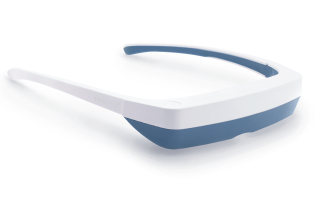
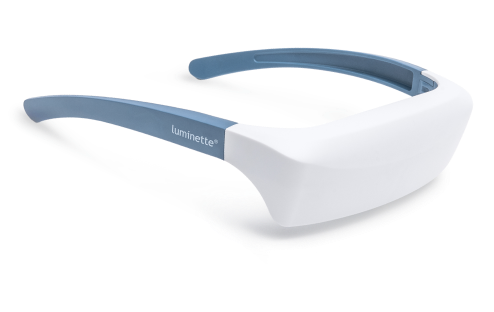
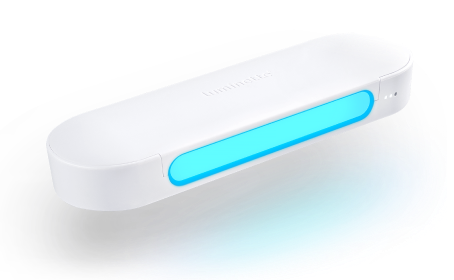
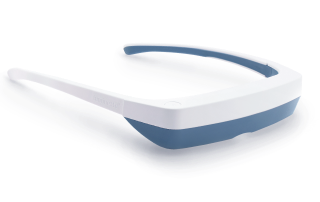
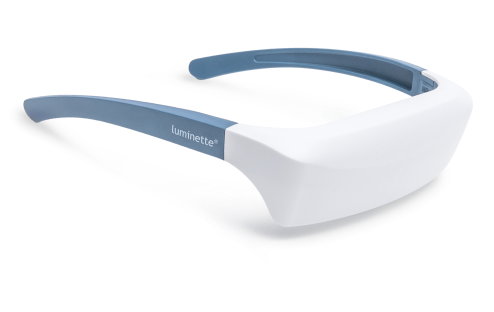
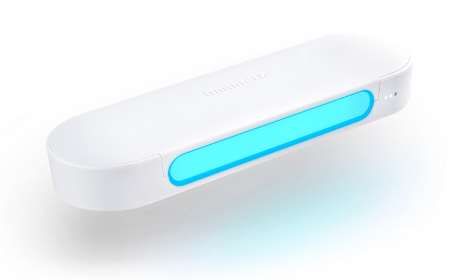
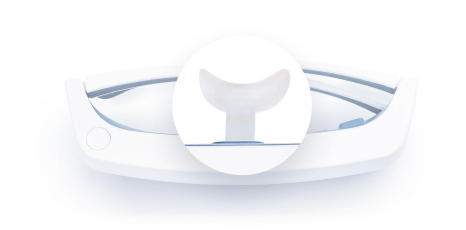
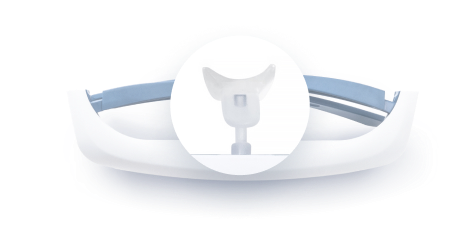
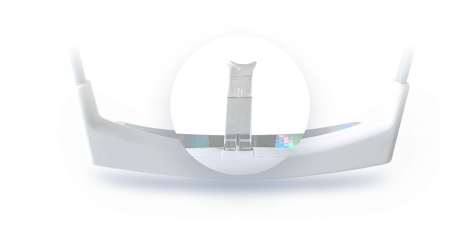
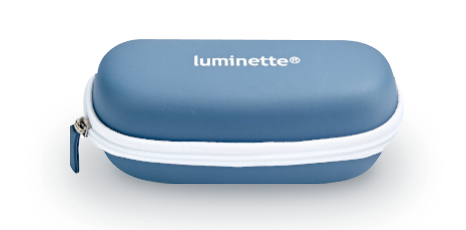
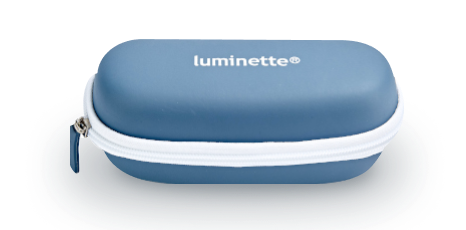
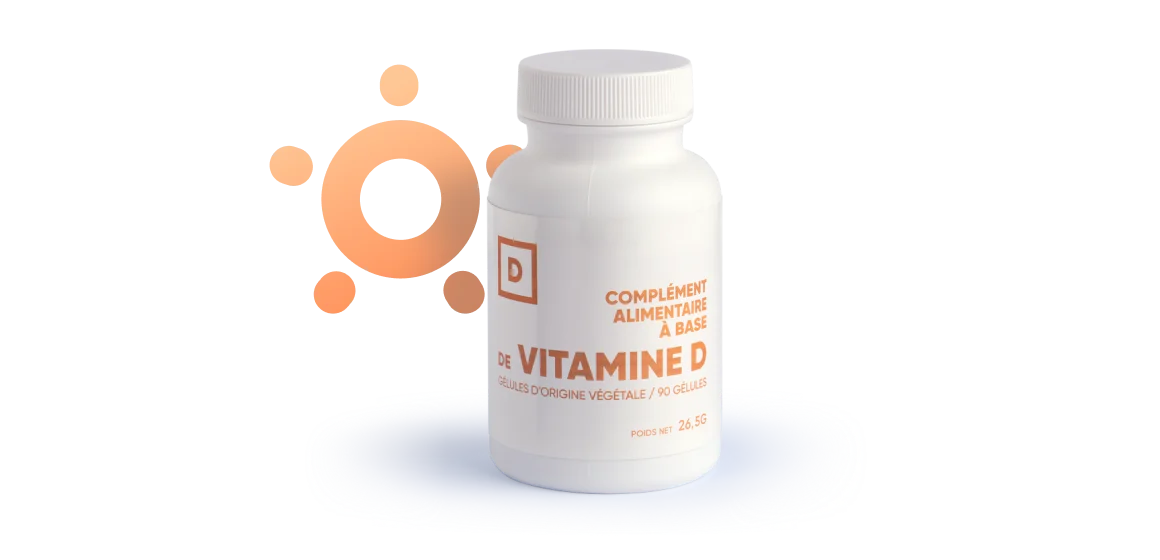
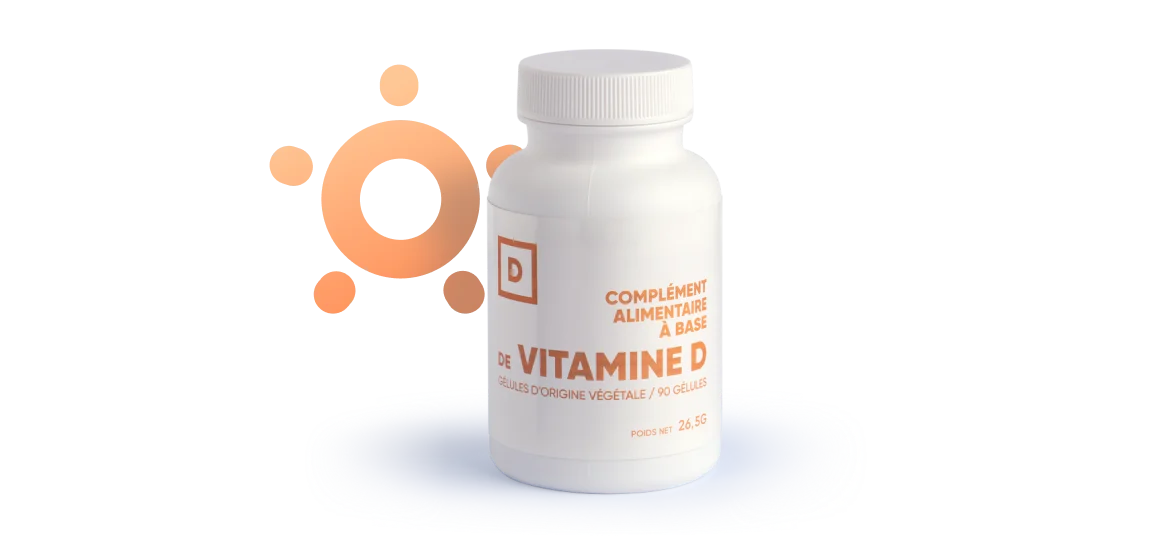



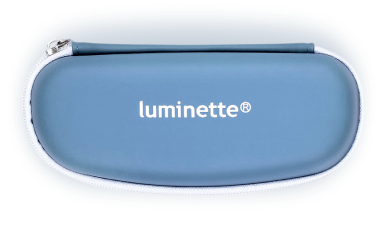
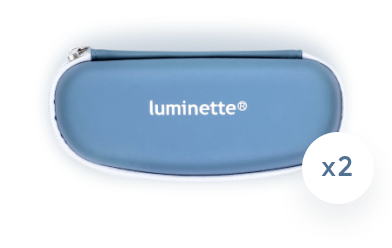
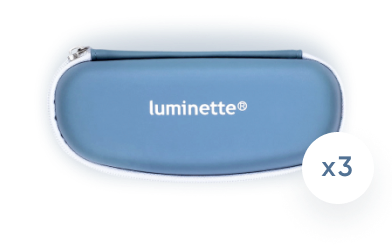
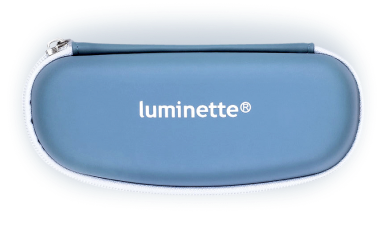

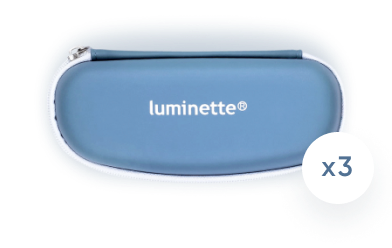
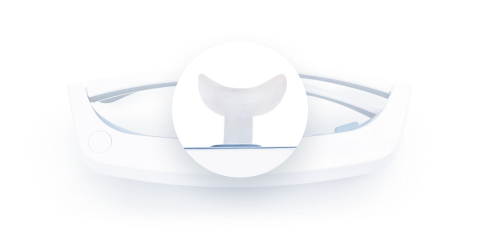
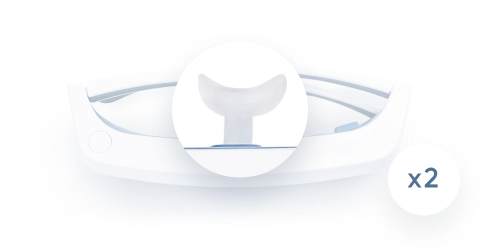
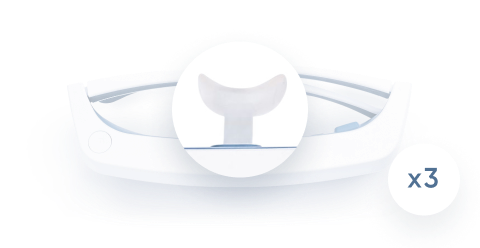
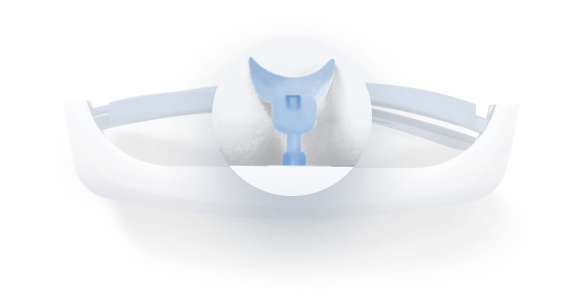
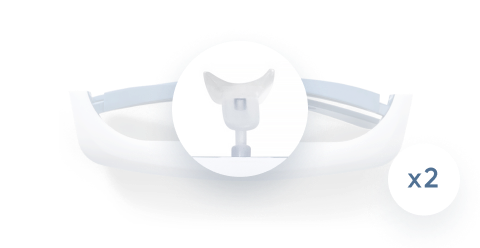
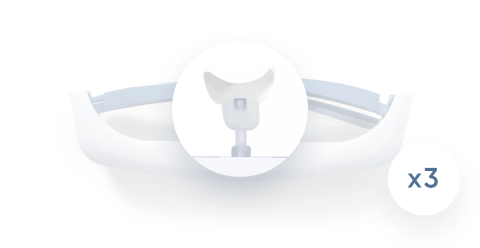
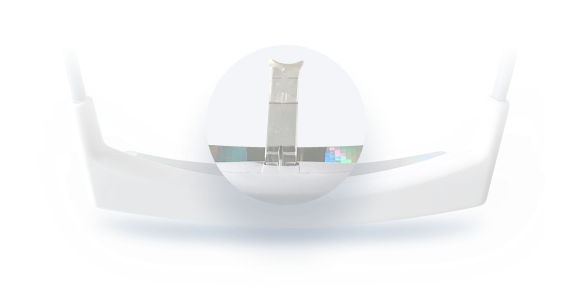
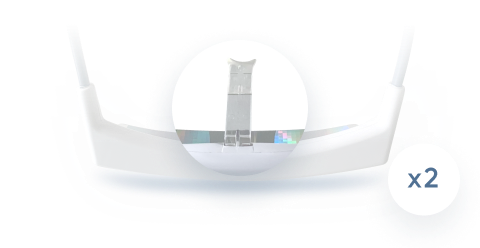
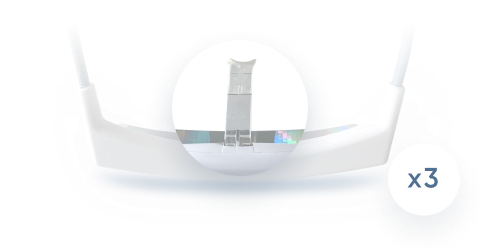
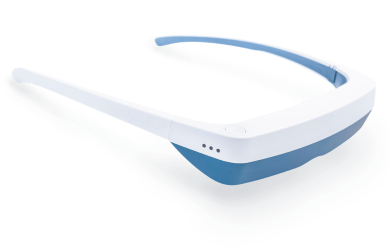
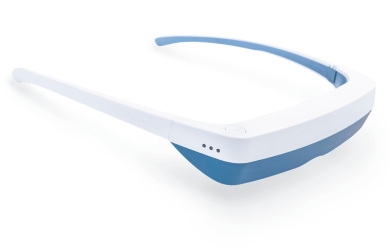
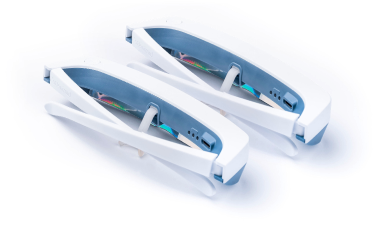
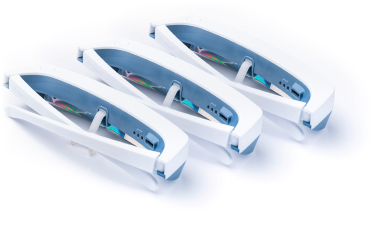
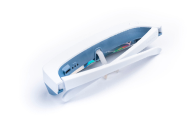
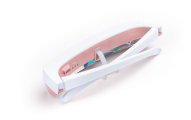
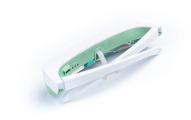
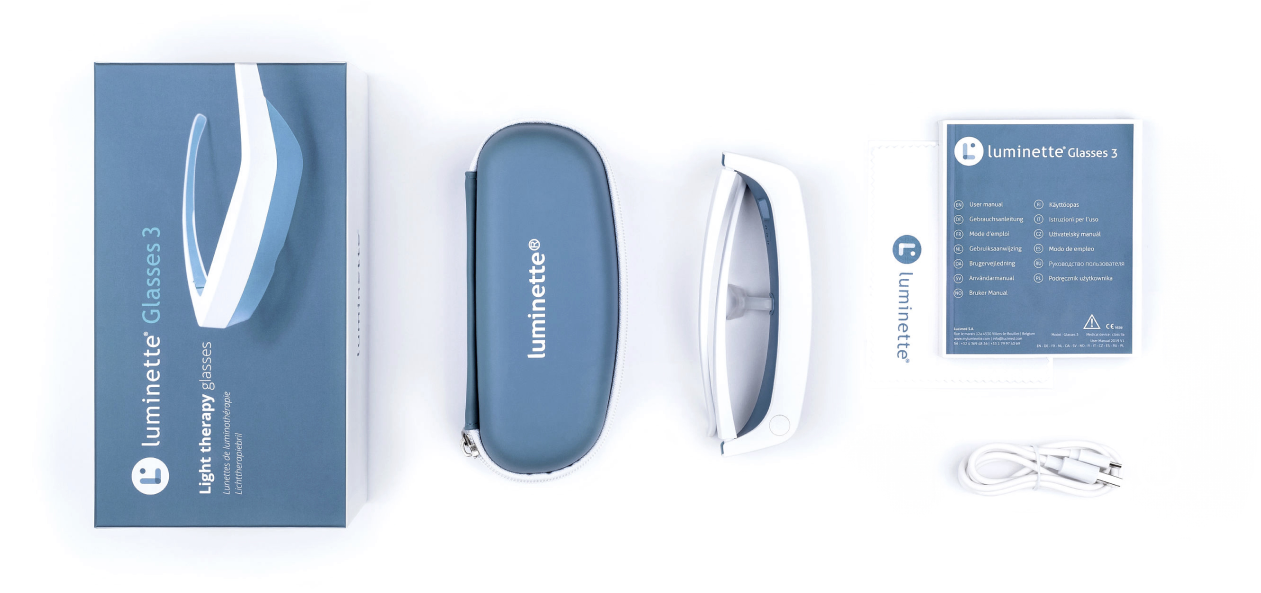
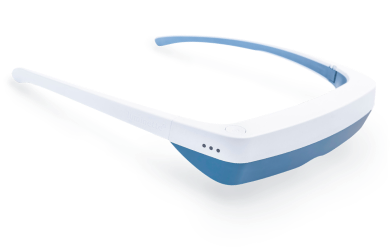
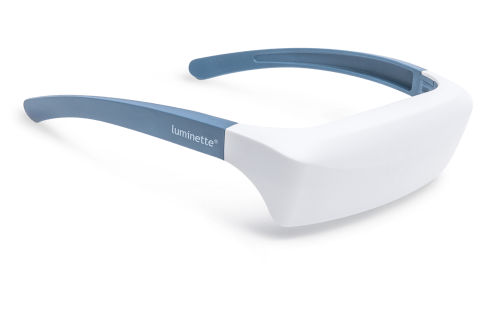
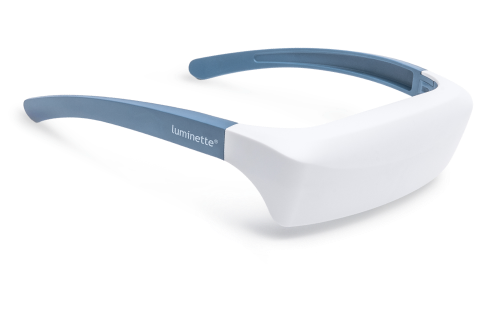
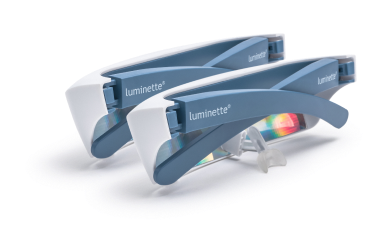
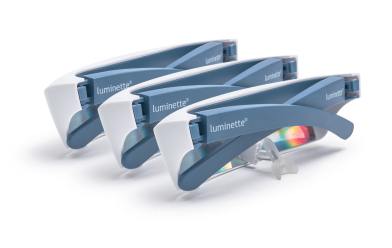
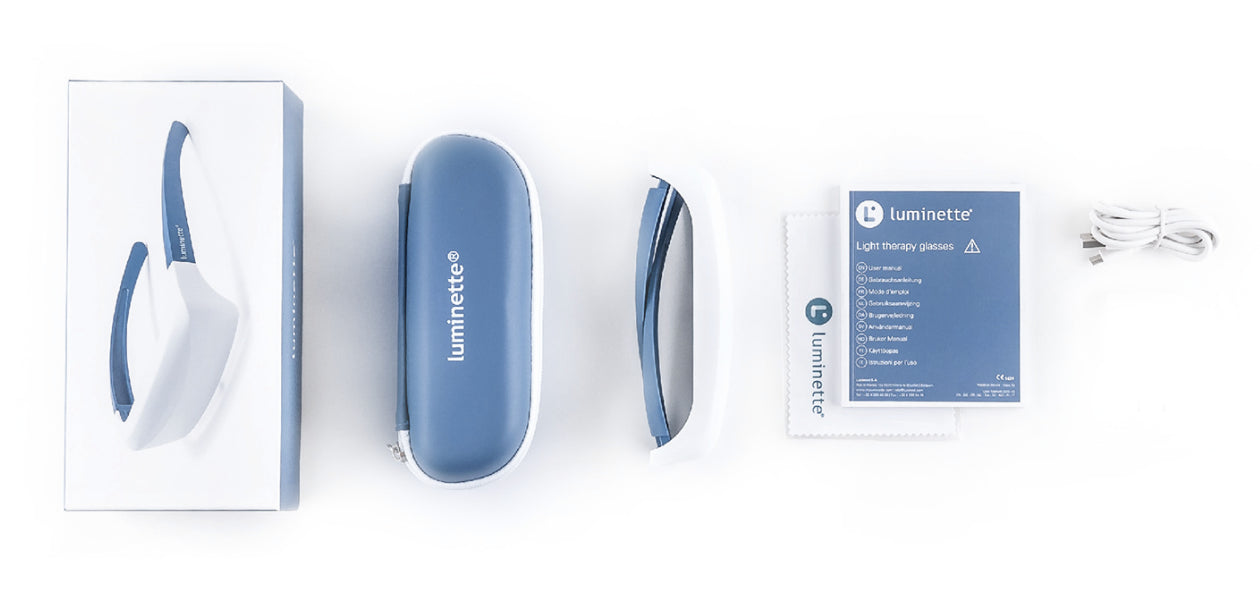
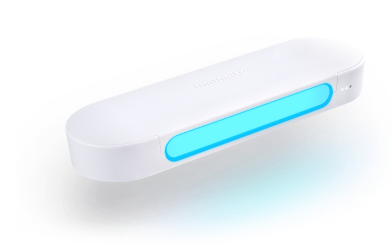
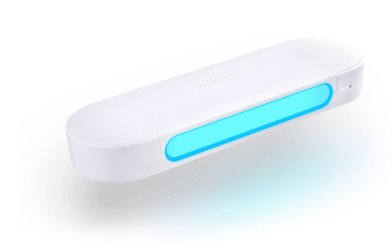
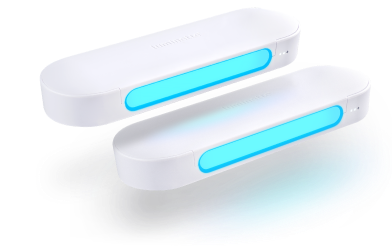
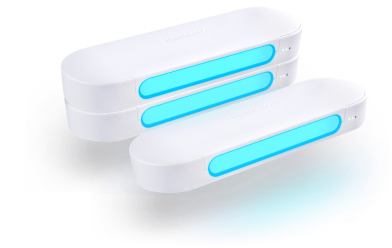
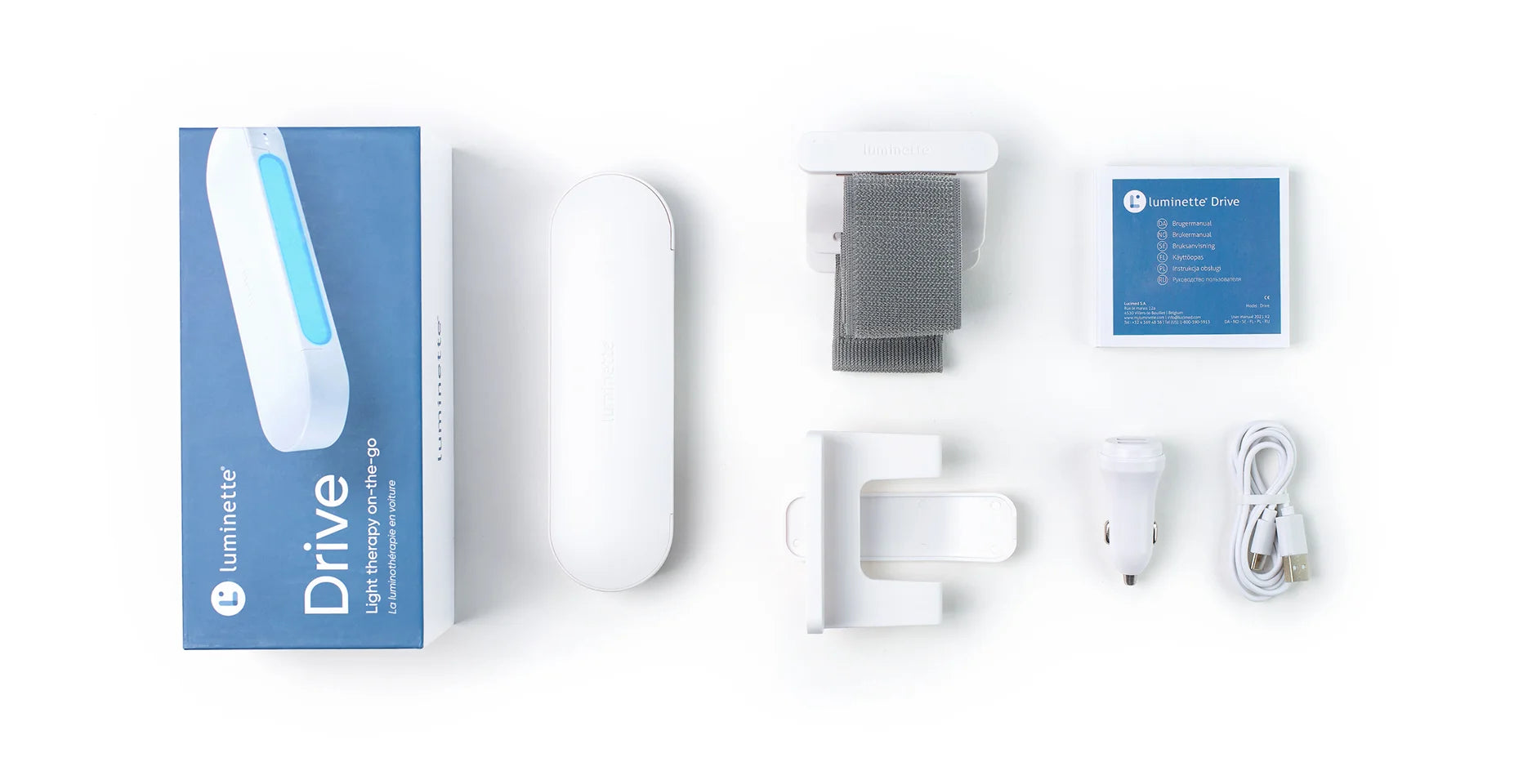

 Please note
Please note



